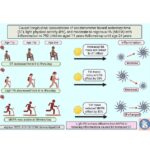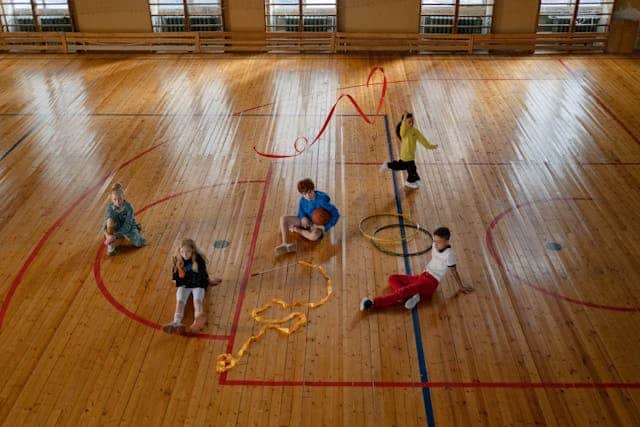
Light physical activity from childhood is more effective than MVPA in reducing inflammation caused by being sedentary
August 2, 2023
Do associations of physical activity and sedentary behaviour with cardiovascular disease and mortality differ across socioeconomic groups? A prospective analysis of device-measured and self-reported UK Biobank data
August 16, 2023A paper titled “Making ‘being less sedentary feel normal’ –investigating ways to reduce adolescent sedentary behaviour at school: a qualitative study” was recently published in the International Journal of Behavioral Nutrition and Physical Activity. A summary of the article and citation details are re-posted below. The full article can be found here.
ABSTRACT
Background
Adolescents spend over 50% of a 24-hour period and 63% of the school day sedentary. Few comprehensive qualitative studies have explored teachers’ and students’ perceptions of potential strategies to reduce sedentary behaviour (SB) in the secondary school setting. This project aimed to elicit students’ and teachers’ perspectives of feasible and acceptable ways to encourage adolescents to “sit less and stand or move more” during the school day.Methods
Students, teachers, and executives from four schools in the Illawarra and surrounding areas (New South Wales) Australia, were invited to participate. Focus group implementation used a participatory research design (‘problem and solution tree’). Participants were interviewed in three groups, younger adolescents, older adolescents and teachers/executives. Firstly the ‘problem’ (high rates of SB) was explained, participants were then asked to identify contributing school related factors, and to suggest feasible ideas to reduce SB during the school day.Results
Fifty-five students (24 from Years 7/8 aged 12–14 years and 31 from Years 9/10 aged 14–16 years), and 31 teachers consented to participate. Thematic analysis elicited five main ‘problems’: lesson structure, non-conducive classroom environment/structure, non-conducive break-time environment, curricular pressures and school-related factors increasing sedentary behaviour outside of school. Suggested ‘solutions’ included: changes to classroom layout/furniture, pedagogical changes, hands-on learning, outdoor lessons, more comfortable uniforms, more breaks during class time, compulsory physical activity, and outdoor equipment.Conclusions
The proposed solutions to reduce adolescent SB during the school day have potential to be feasibly implemented in the school setting, even with limited funding.
CITATION
Parrish, AM., Okely, A.D., Salmon, J. et al. Making ‘being less sedentary feel normal’ –investigating ways to reduce adolescent sedentary behaviour at school: a qualitative study. Int J Behav Nutr Phys Act 20, 85 (2023). https://doi.org/10.1186/s12966-023-01444-y




